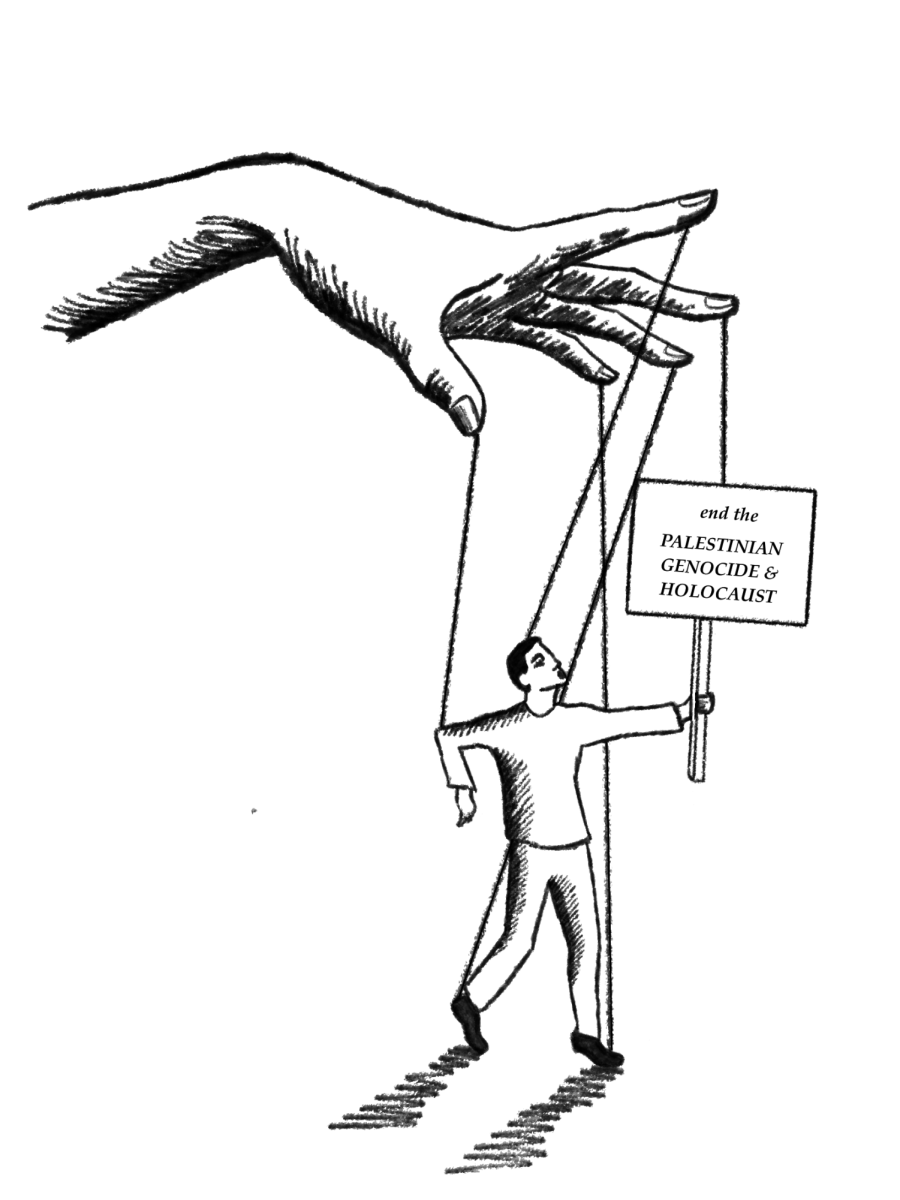The course decision process is one of the most important tasks that a student undergoes throughout his or her high school career, and though Palo Alto High School has a good system in place, there are many improvements that can be made.
Currently, Paly provides students with a course catalog that outlines all of the classes that are offered and gives brief summaries of each one. The course catalog is a good resource that gives students a lot of basic information about courses, but its content is far too rudimentary to warrant course selection being based purely off of it.
The decisions made in the course selection process impact students for their entire school years, and yet many give relatively little thought to the process. Students who are resourceful and curious about classes will choose to seek out more information, but since this is not mandatory, many will simply sign up for classes without further inquiries.
Every student should be able to know about the courses that they want to take to determine if they are genuinely interested in the subject and to ensure that their course load is manageable. As students reach their upperclassmen years, course selection becomes more and more vital. It is these years that students should be able to explore their interests and aptitudes by choosing classes that will fit them best. The courses that a student takes in their upperclassmen years — especially junior year — will be a large factor in his or her appeal to colleges. Many students are not well acquainted with the classes that they sign up for, yet are forced to choose them.
The counsel that students are given is limited to workload and difficulty — teachers and teacher advisors advise against taking too many high lane courses and warn against taking classes if they performed poorly in a prerequisite class. Class selection is much more multifaceted than this, and should be more personalized.
In general, students should be supplied with more information and advised to find more information about their prospective classes. This information can be obtained by encouraging students to shadow their upperclassmen counterparts throughout their typical day or by letting students sit in on classes they are thinking about taking.
Allowing a student to shadow upperclassmen will let them gain more tangible knowledge about what his or her next school year will be like and help him or her make more sensible decisions in selecting his or her courses. By sitting in on specific classes, students will be able to gain similar knowledge and will not have to commit a whole day to shadowing an upperclassman.
Students could have a one-on-one dialogue with teachers of their prospective courses to get further advice on what courses they should be taking. These methods of obtaining information about classes give students substantial information about the dynamics, workload and curriculum of classes.
Information gained from shadowing others and sitting in on classes will be far more tangible and helpful to students than reading a short summary in the course catalog.
Furthermore, a stronger relationship between teacher advisors and their students should be established so as to let teacher advisors give students more personalized advice on which courses they should consider taking. This can be achieved by encouraging students to meet personally with their teacher advisors, so that the advisors can learn more about their advisees. Teacher advisors should also be supplied with sufficient information about the courses offered at Paly so that they can give sensible advice to their advisees.
As the course selection process becomes more proximate, teacher advisors should meet with their advisees and their advisees’ parents to give more guidance throughout the process. Teacher advisor David Peters thinks that the course selection process is more robust at Paly than other schools, but believes is still room for improvement.
“Overall, while I don’t think the course selection process can ever be perfect, I do believe that it is better at Paly than it is at most schools,” Peters said. “At almost every other school, students do not have a Teacher Advisor who is responsible for somewhere between 60 and 90 students but rather just a grade-level counselor who is responsible for at times hundreds of students.” Peters went on to comment on ways that the course selection process can be improved at Paly.
“Shadowing upper class students is a good idea,” Peters said. “I believe most teachers on campus would not have a problem with a student sitting in on a class once or twice when he or she has a prep, so long as you contacted the teacher beforehand and asked them if that would be okay.”
There are simple improvements that can be made to the course selection process that will benefit students. Though Paly has a good course selection system relative to other schools, there is room for improvement, and the change will help all students.








